So, you’re applying for a data visualization or data analytics job?
We get it, job interviews can be nerve-wracking, especially when the position involves something as specific as data visualization.
So, what kind of questions can you expect?
Questions you can expect in a data visualization interview include:
How do you decide between using a bar chart or a line graph to represent time-based data? Can you give an example of each’s suitability?
Explain the importance of data scalability in creating effective visualizations. How do you ensure scalability in your visualizations when dealing with large datasets?
Can you discuss a challenging scenario where you had to simplify complex data for visualization? How did you approach it to maintain clarity without losing critical information?
Describe a project where you used storytelling elements in your visualization. How did incorporating narrative aspects enhance the understanding of the data insights?
This article will take you through the main topics you can expect to cover in your interview and some practice questions to prepare you.
We’ve also thrown in some vital interview tips to help you impress any recruiter.
By the end of this article, you’ll be more than ready to stand out and snag yourself your dream job.
Let’s begin your preparation!
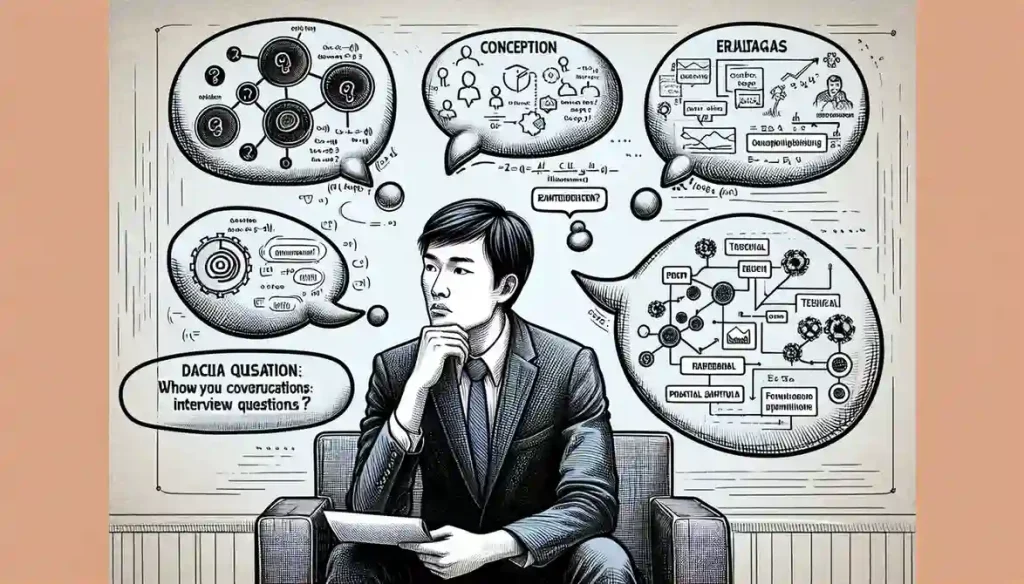
Why Does Data Visualization Matter?
Data visualization is pivotal in interviews because it showcases your ability to make complex information accessible. It’s not just about presenting numbers; it’s about telling a compelling story with data.
Furthermore, visualizing information helps reveal patterns, trends, and insights that might be overlooked.
Being skilled in this area demonstrates your capacity to communicate effectively. It also shows your ability to make informed decisions, making it a crucial skill set in various professional fields.
Types of Data Visualization Interview Questions
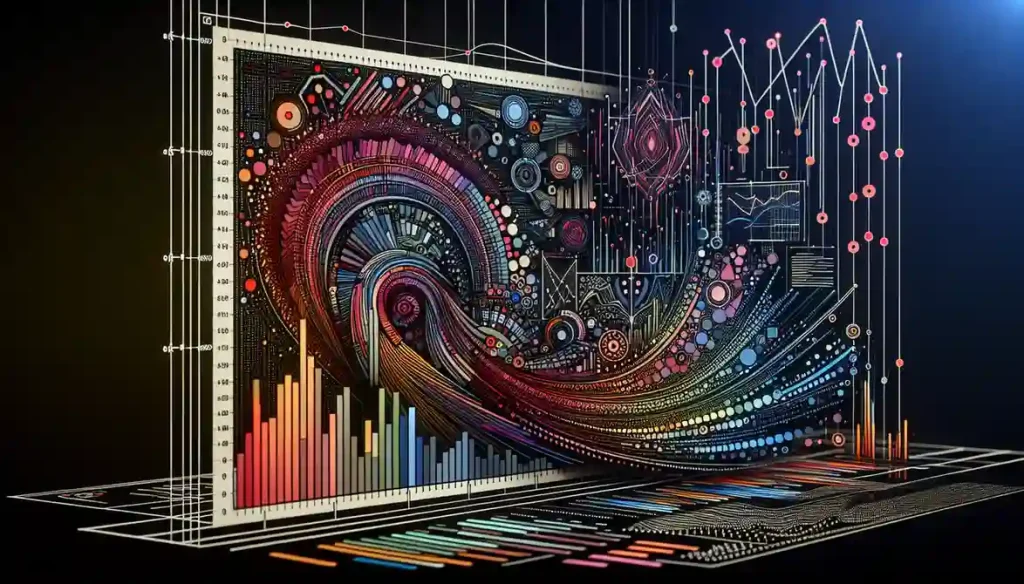
Here are the ones you can expect:
Conceptual Questions: These are open-ended questions to test your broad understanding of good data visualization concepts, tools, and techniques.
Technical Questions: These questions are specific to the field of data visualization, mainly focusing on tools, software applications, and data formats.
Behavioral Questions: These questions aim to understand your mindset, approach to problem-solving, and decision-making related to data visualization processes.
Case-Based Questions: You may be given real or hypothetical scenarios to assess your ability to analyze and interpret data using visualization techniques.
Portfolio and Project-based Questions: The interviewer might ask about your previous work. They might inquire about specific projects in your portfolio and question the challenges you faced. They might also want details about the data analysis process you used.
Remember, brush up on these categories before the interview so you can shine in areas where you’re less familiar.
Data Visualization Interview Questions
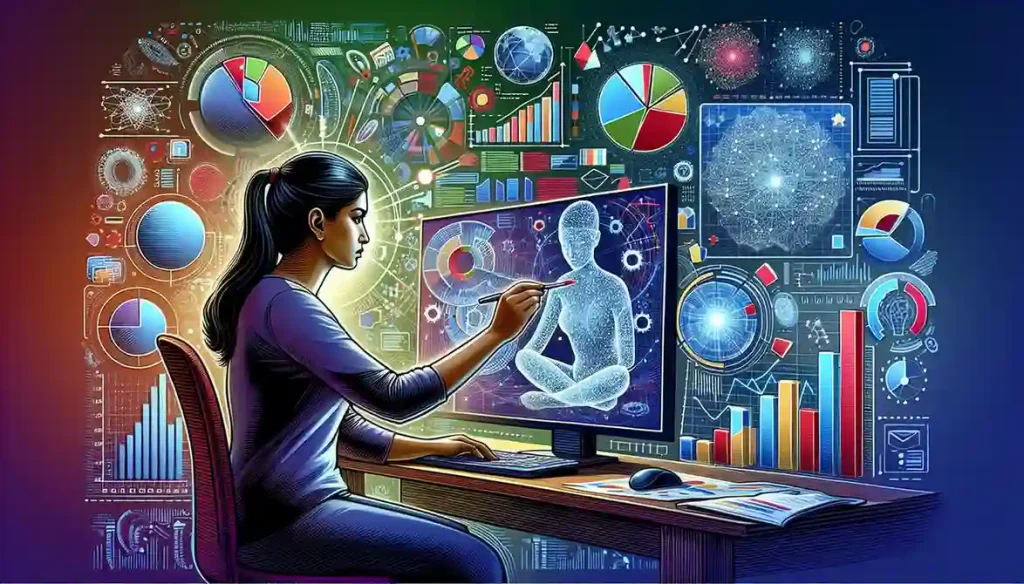
Once you’re in the hot seat, there’s no turning back, so being prepared is crucial.
There are an array of topics you can expect to cover, including:
Fundamental Concepts: Expect queries about the basics—what data visualization is, its importance, different types of visualizations, and the principles guiding effective visual representation of data.
Tools and Software: Questions may revolve around your proficiency with specific visualization tools like Tableau, Power BI, or programming languages like Python or R for visualization purposes.
Techniques and Best Practices: Be prepared to discuss choosing the right visualization for different types of data, color theory, accessibility considerations. You may also need to address best practices for creating clear and impactful visualizations.
Design and Interpretation: You might be asked about the design process for creating effective visualizations, handling complex datasets, and interpreting visualizations to derive meaningful insights.
Critique and Improvement: Interviewers might provide a poorly designed visualization and ask how you’d improve it. You will need to be demonstrate your ability to identify flaws and enhance visualizations.
Scenario-Based and Problem-Solving Questions: Be ready for scenarios where data visualization is crucial in decision-making. Prepare to discuss challenges faced in a project and how you tackled them.
Soft Skills and Communication: Questions might evaluate your skills in communicating data findings to non-technical stakeholders and working collaboratively in teams on visualization projects. They could also inquire about your approach to continuous learning and staying updated with trends.
Preparing for each of these areas can give you a comprehensive understanding and readiness for a data visualization interview.
Let’s dive in!
Topic 1: Fundamental Concepts

Data visualization serves as a vital tool in interpreting complex datasets by presenting information graphically, aiding in easier comprehension and decision-making.
Key Aspects of Data Visualization Concepts:
Definition and Importance: Data visualization involves the graphical representation of data points to uncover patterns, trends, and insights that might not be evident in raw data. Explain why it’s crucial in simplifying complex data and aiding decision-makers.
Types of Visualizations: Understand and discuss various types of visualizations—such as bar charts, pie charts, scatter plots, heatmaps, etc.—and when each type is best used based on the nature of the data being presented.
Principles of Effective Visualization: Explore principles like simplicity, accuracy, clarity, and relevance in creating impactful visualizations. Discuss how these principles guide the creation of effective visual representations.
Understanding these fundamental concepts is crucial in leveraging data visualization effectively to communicate insights and facilitate data-driven decision-making processes.
Interview Question Sample 1:
Can you explain the significance of data visualization in simplifying complex datasets for non-technical stakeholders? Provide an example of a situation where effective visualization facilitated better understanding and decision-making.
Interview Question Sample 2:
Describe the differences between various types of visualizations (e.g., bar charts, line graphs). When would you choose one type of visualization over another based on the data you’re working with? Explain the rationale behind your choice.
Interview Question Sample 3:
How do you incorporate storytelling into data visualizations to make them more engaging and understandable for different audiences? Provide an example illustrating the impact of storytelling in a visualization project.
Topic 2: Tools and Software
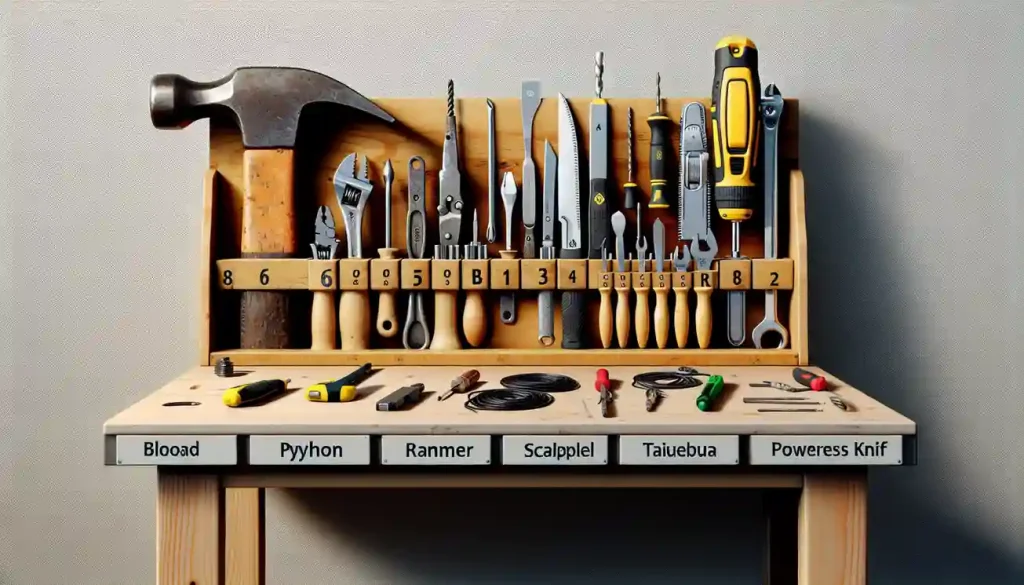
Expect questions about your expertise in specific data visualization tools like Tableau, Power BI, Python, or R for creating visualizations.
Key Aspects of Tools and Software:
Proficiency Assessment: Interviewers may inquire about your proficiency level in tools like Tableau, Power BI, Python, or R for visualization tasks.
Tool Selection Rationale: Be ready to explain your choice of data visualization tool for particular visualization tasks and the advantages of using that tool over others in certain scenarios.
Demonstration: You might be asked to showcase your skills by presenting a visualization project or describing how you used a specific tool to address a data visualization challenge.
Preparation in these tool-specific areas is crucial to demonstrate your ability to effectively utilize them in a data visualization context.
Explore data visualization with Power BI:
Interview Question Sample 4:
How proficient are you in using Tableau for data visualization tasks? Can you highlight a project where Tableau was instrumental, discussing the benefits of using this tool?
Interview Question Sample 5:
Explain why you would choose Python over other tools for creating visualizations. Can you illustrate a situation where Python’s capabilities significantly enhanced a visualization project?
Interview Question Sample 6:
Could you describe your experience using Power BI to create complex visualizations? Share an example where Power BI functionalities were pivotal in addressing data visualization challenges, emphasizing the advantages it provided in that scenario.
Topic 3: Techniques and Best Practices
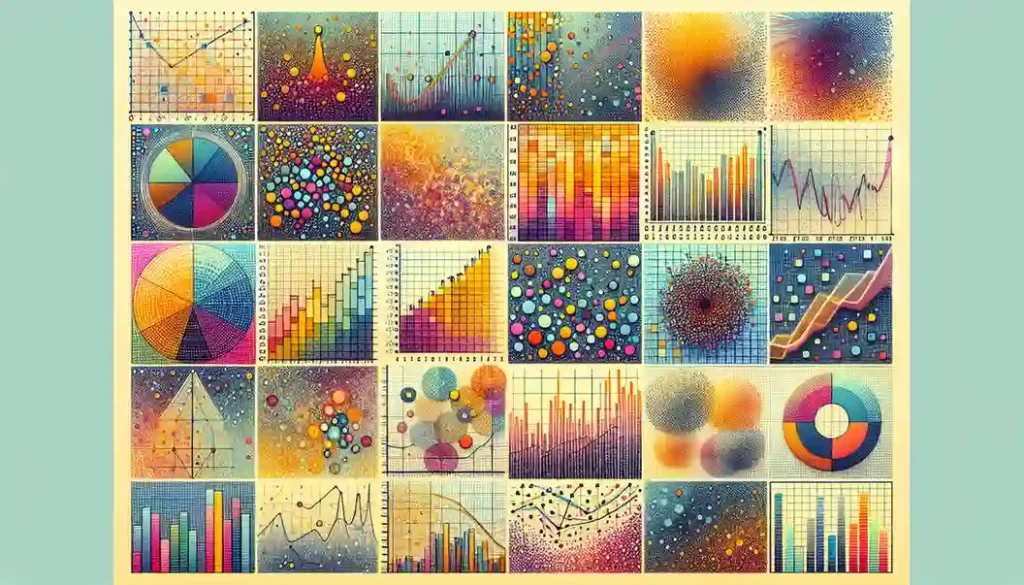
Be ready to discuss various aspects such as selecting appropriate visualizations for different data types, color theory, accessibility, and best practices for creating impactful visuals.
Key Aspects of Techniques and Best Practices:
Visualization Selection: Expect questions about your approach to choosing the most suitable visualization types (e.g., bar charts, line graphs) based on the nature of the data being presented.
Color Theory and Accessibility: Interviewers may inquire about your understanding of color theory and how you ensure visualizations are accessible to diverse audiences, including those with color vision deficiencies.
Best Practices: Get ready to discuss best practices in visualization design. This includes simplicity, accuracy, labeling, and layout considerations, all crucial for clear and impactful visual representations.
Preparation in these areas demonstrates your ability to make informed decisions in visualization selection, design, and implementation.
Interview Question Sample 7:
When working with diverse datasets, how do you determine the most appropriate visualization type to effectively communicate insights? Provide an example where your choice of visualization significantly improved data comprehension.
Interview Question Sample 8:
Explain the importance of color choices in data visualization. How do you ensure accessibility for all audiences, including those with color vision deficiencies, when designing visualizations?
Interview Question Sample 9:
Share some best practices you follow when creating visualizations to ensure they are both clear and impactful. Can you provide an example of a visualization project where implementing these practices led to better understanding and decision-making?
Topic 4: Design and Interpretation
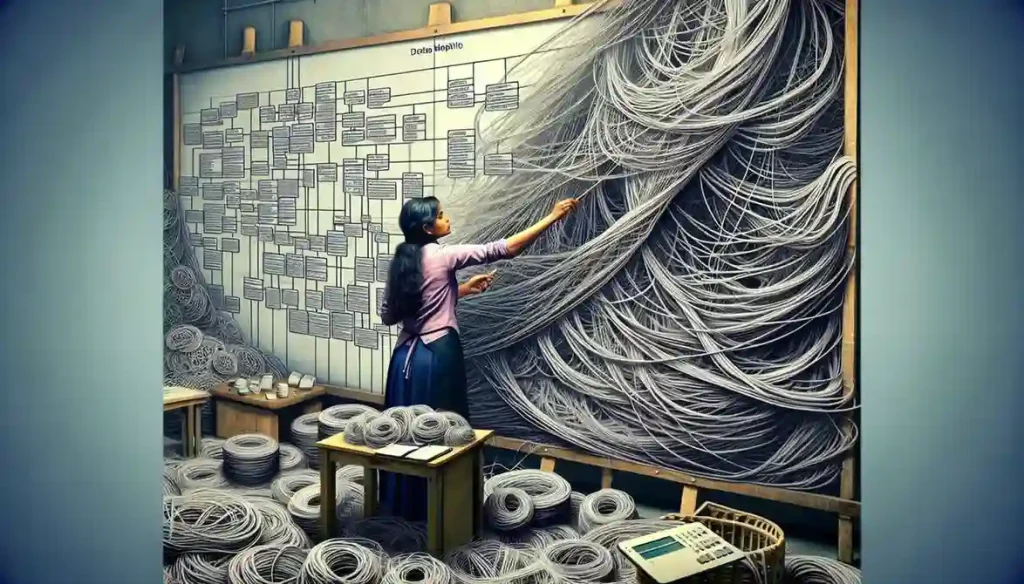
Prepare to discuss the design process for creating impactful visualizations, managing complex datasets, and deriving meaningful insights from visual representations.
Key Aspects of Design and Interpretation:
Visualization Design Process: Expect questions about your approach to designing effective visualizations, including steps taken from data collection to final visualization creation.
Complex Data Handling: Be ready to explain how you manage and simplify complex datasets to create comprehensible visual representations.
Insight Derivation: Interviewers might inquire about your process of extracting meaningful insights from visualizations. They might also ask how you conducted data validation or cross-referencing your findings.
Demonstrate your ability to navigate the design process, handle complex data, improve data quality, and derive actionable insights from visual representations.
Interview Question Sample 10:
Can you describe your typical process for creating an impactful visualization, from initial data collection to the final design? Highlight key considerations during each phase of the process.
Interview Question Sample 11:
When dealing with intricate datasets, how do you ensure that the visualizations created remain clear and easily interpretable? Provide an example where you effectively simplified a complex dataset into a comprehensible visualization.
Interview Question Sample 12:
Describe a scenario where you encountered a complex dataset. How did you approach visualizing this data to extract significant insights? Share the challenges you faced and the strategies you employed to make the visualization understandable and insightful.
Topic 5: Critique and Improvement
Be prepared to analyze and enhance poorly designed visualizations provided by interviewers, showcasing your ability to identify flaws and suggest improvements for better visual representations.
Key Aspects of Critique and Improvement:
Visualization Assessment: Expect to critique provided visualizations by identifying weaknesses in design, clarity, labeling, or misrepresentation of data.
Suggested Improvements: Be ready to offer specific suggestions on how to improve the visualizations, addressing identified flaws or shortcomings to enhance their effectiveness.
Demonstrate your analytical skills by identifying flaws in visualizations and proposing actionable improvements to create more impactful and clear representations.
Interview Question Sample 13:
Given a poorly designed visualization, identify its weaknesses and propose specific improvements to enhance its clarity and effectiveness in communicating data insights.
Interview Question Sample 14:
Discuss a scenario where you encountered a flawed visualization in a project. How did you identify the flaws, and what steps did you take to rectify or improve the visualization to better convey the intended message?
Interview Question Sample 15:
Given a poorly labeled visualization, how would you enhance it to improve clarity and make it more informative for a wider audience? Provide specific strategies to add context and improve labeling for better comprehension.
Topic 6: Scenario-Based and Problem-Solving Questions
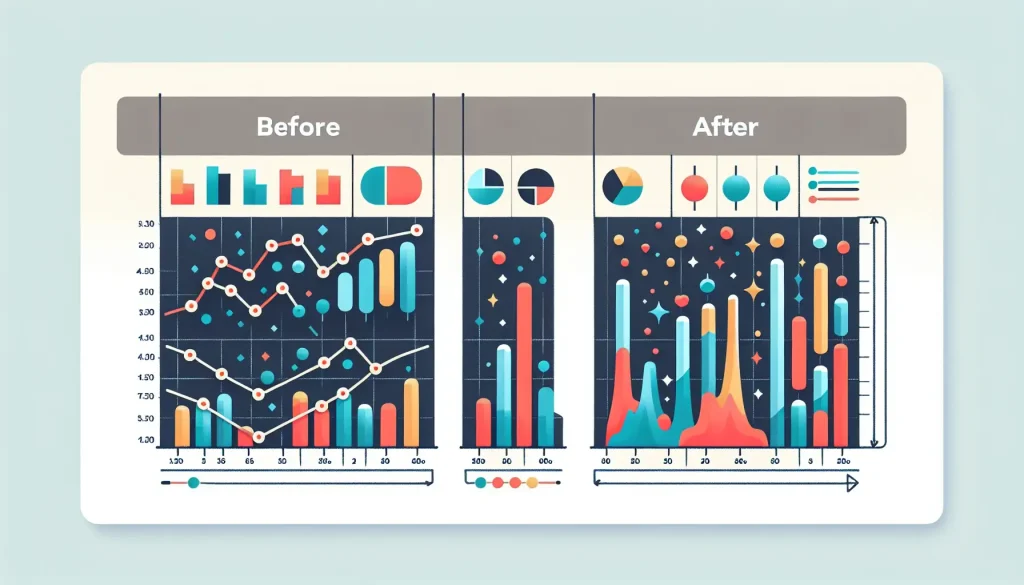
Prepare for scenarios highlighting the pivotal role of data visualization in decision-making or challenges faced during projects and your problem-solving approach.
Key Aspects of Scenario-Based and Problem-Solving Questions:
Decision-Making Scenarios: Expect scenarios where data visualization significantly influenced decision-making processes. Be ready to discuss instances where visualizations played a critical role in guiding decisions or strategies.
Challenges and Solutions: Prepare to discuss challenges faced in visualization projects. Be ready to share your problem-solving strategies for overcoming these hurdles and ensuring project success.
Demonstrate your ability to navigate situations where data visualization drives decision-making and your adeptness in overcoming challenges to deliver effective visualizations.
Interview Question Sample 16:
Describe a situation where data visualization played a crucial role in a decision-making process. How did the visualization influence the decision, and how did it impact the outcome?
Interview Question Sample 17:
You’re tasked with creating real-time visualizations for dynamic data streams. How would you ensure these visuals remain accurate and informative as the data evolves? Explain the tools and strategies you’d use for effective real-time data visualization.
Interview Question Sample 18:
You’re given a complex dataset with diverse variables. How would you create a clear visualization to convey key insights? Explain your approach from data preprocessing to visualization design, focusing on strategies to manage complexity for a clear and impactful representation.
Topic 7: Soft Skills and Communication
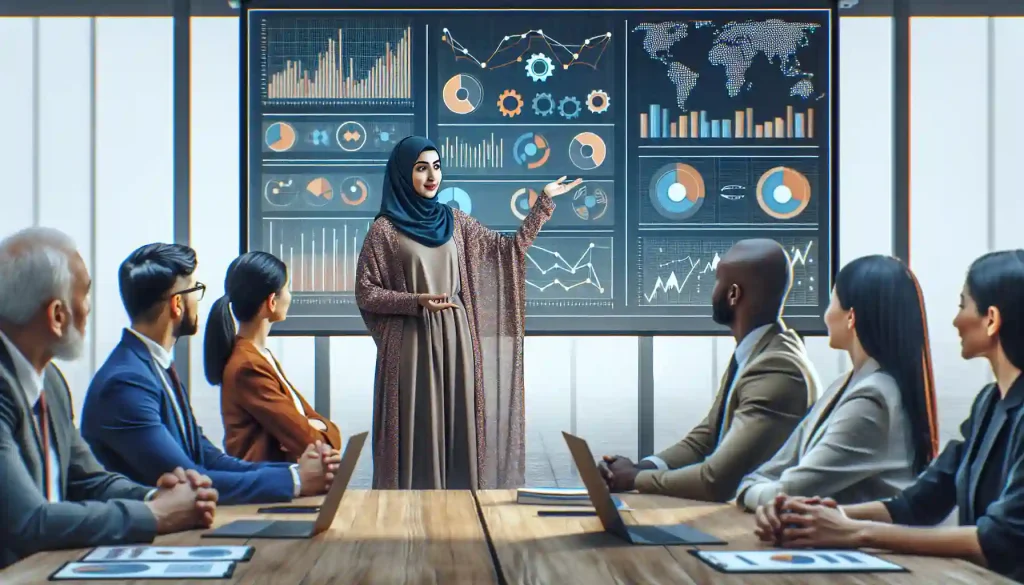
Expect questions assessing your communication skills in conveying data findings to non-technical stakeholders, teamwork in visualization projects, and your approach to continuous learning and staying updated with trends.
Key Aspects of Soft Skills and Communication:
Stakeholder Communication: Be prepared to discuss effective communication with non-technical stakeholders regarding data findings. Ensure clarity for comprehension and decision-making.
Team Collaboration: Expect questions about teamwork in visualization projects. Highlight your role, collaboration methods, and contributions to successful outcomes.
Continuous Learning Approach: Discuss your strategies for staying updated in data visualization. Show your commitment to continuous learning by exploring trends and advancements.
Demonstrate your strong communication skills, ability to collaborate in teams, and commitment to ongoing learning to excel in the data visualization domain.
Interview Question Sample 19:
How do you communicate complex data findings to non-technical stakeholders? Provide an example of a situation where effective communication of data insights influenced decision-making.
Interview Question Sample 20:
Describe a project where you collaborated with a team on a data visualization task. What was your role, and how did effective teamwork contribute to the project’s success?
Interview Question Sample 21:
How do you stay updated with the latest trends and advancements in data visualization? Can you share an instance where implementing a new technique or trend positively impacted a visualization project you worked on?
Tips to Master the Data Visualization Interview
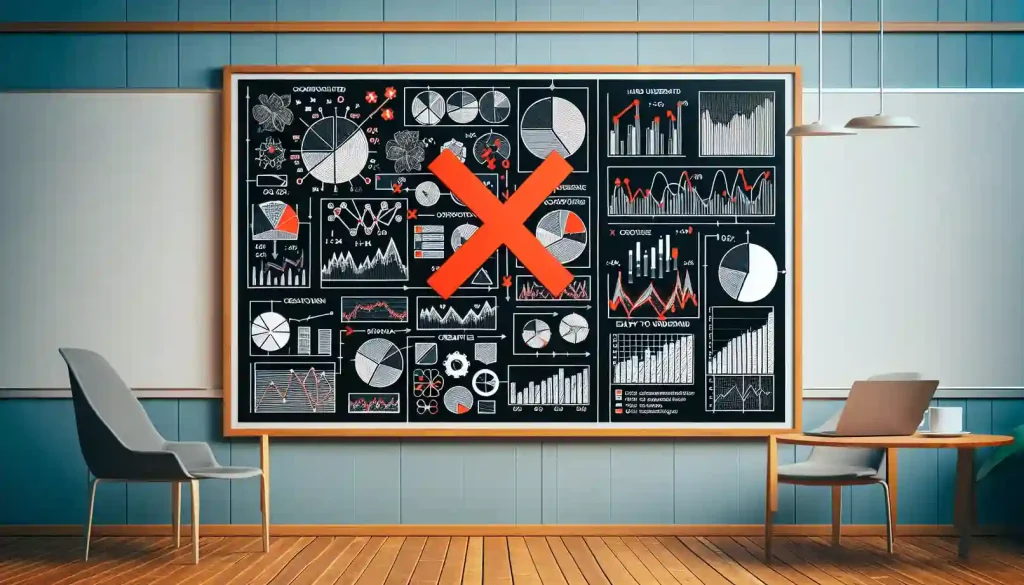
Success in a data visualization interview needs a mix of skills: technical expertise, good communication, problem-solving, and an understanding of visualization basics.
It’s not just about tools; it’s also about explaining insights well and working together to make visuals that help in decision-making.
Here are some tips to master your interview:
Tip 1: Grasp the Fundamentals
Develop a comprehensive understanding of foundational concepts. Familiarize yourself with various visualization types—such as bar graphs, scatter plots, heatmaps—and their respective applications.
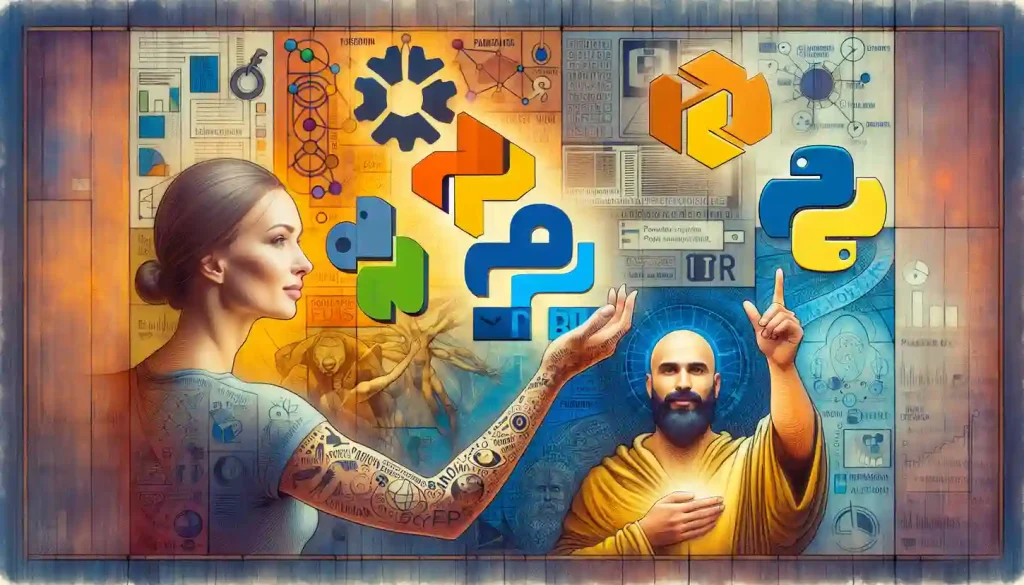
Focus on the principles guiding effective data representation, ensuring clarity and relevance in visual storytelling.
Tip 2: Tool Proficiency
Hone your skills with visualization tools such as Tableau, Power BI, Python, or R. Practice using these tools extensively to create diverse visualizations, manipulate datasets, and effectively present insights.
Showcase your proficiency through tangible projects or examples.

Tip 3: Showcase Your Work
Curate a portfolio showcasing your diverse range of visualization projects. Highlight projects that demonstrate your versatility in using different tools, techniques, and data types.
Emphasize the impact of your visualizations on decision-making or problem-solving within various domains.

Tip 4: Critique and Enhance
Develop the ability to critique poorly designed visualizations. Sharpen your eye for identifying weaknesses—be it in design, clarity, or misleading representation of data.
Practice suggesting improvements, showcasing your analytical skills and attention to detail.

Tip 5: Effective Communication
Focus on your ability to convey complex data findings in a clear and understandable manner to non-technical stakeholders.
Emphasize the narrative and insights your visualizations convey, ensuring that the story within the data is effectively communicated.

Tip 6: Team Collaboration
Highlight your experience working collaboratively on visualization projects. Discuss your role within teams, how you contributed, resolved conflicts, and navigated challenges.
Showcase successful outcomes achieved through effective teamwork.

Tip 7: Stay Updated
Stay abreast of the latest trends, tools, and advancements in data visualization. Demonstrate your commitment to continuous learning by mentioning courses, workshops, or self-initiated learning projects that showcase your evolving skills.
Tip 8: Scenario Readiness
Prepare for scenario-based questions that underscore the role of data visualization in decision-making processes. Highlight instances where your visualization skills drove strategic decisions or resolved critical issues.
Tip 9: Problem-Solving Abilities
Showcase your problem-solving approach, especially when handling complex datasets or addressing visualization obstacles.
Discuss how you approach challenges, the steps taken to overcome them, and the results achieved.

Tip 10: Practice Interviews
Engage in mock interviews or practice sessions with peers to refine your responses to a range of data visualization interview questions. Practice articulating your thoughts clearly and concisely.
Using these strategies will help you prepare better for a data visualization interview. You’ll show you’re skilled and adaptable, making you a valuable candidate in this field.
Final Thoughts
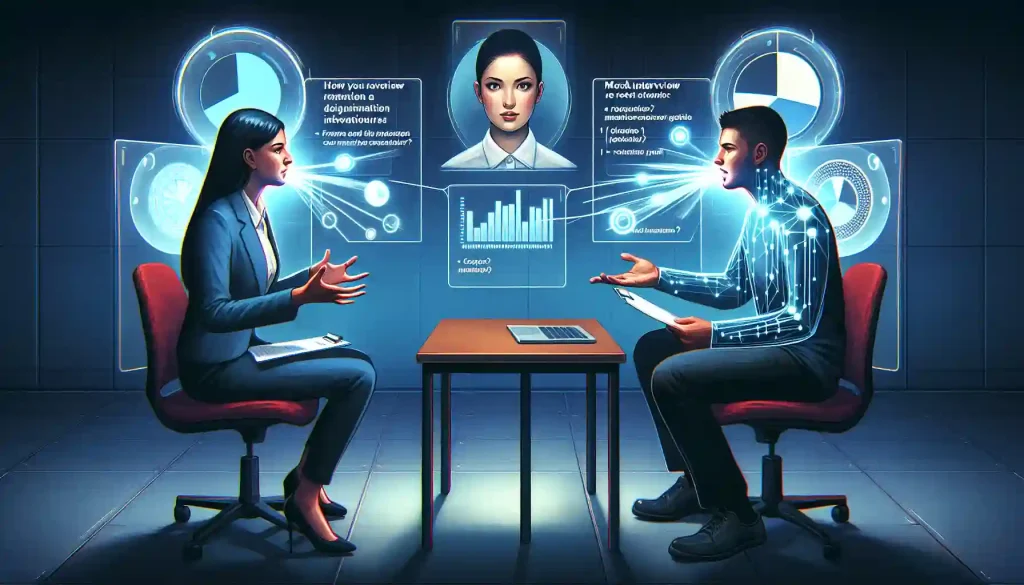
Mastering data visualization interview questions involves a blend of understanding the core concepts, being proficient with tools, and showcasing effective communication and teamwork.
By dedicating time to prepare and hone these skills, you’ll confidently tackle interview queries.
Furthermore, standing out as a top data analyst or data visualization specialist becomes second nature when you’re well-prepared. Now you can confidently demonstrate your expertise in this dynamic and sought-after field.
Good luck!
Frequently Asked Questions
What are the key skills required for a data visualization role?
In a data visualization role, a blend of skills is crucial. Understanding visualization principles forms the foundation. Proficiency with tools like Tableau, Power BI, Python, or R is highly beneficial.
Additionally, strong communication skills, the ability to solve problems, and collaborate effectively within a team are essential for success in this field.
How does data cleaning impact data visualization in an interview setting?
Data cleaning significantly influences data visualization in interviews. It ensures the accuracy, completeness, and consistency of data, directly impacting the quality of visualizations.
Highlight the importance of data cleaning in managing missing values, outliers, and inconsistencies. It forms the groundwork for accurate and reliable visual representations in interviews.
Demonstrating your understanding of how data cleaning contributes to visualization effectiveness showcases your holistic approach. It highlights your comprehensive data analysis methods.
How should I prepare for a data visualization interview?
To prepare for a data visualization interview, start by studying fundamental concepts. Practice using visualization tools extensively to become comfortable with their functionalities.
Create a portfolio showcasing your diverse projects, emphasizing different techniques and tools used. Be ready to discuss specific challenges you faced and how you addressed them.
Which visualization tools should I focus on for preparation?
While there’s a variety of visualization tools available, it’s beneficial to focus on mastering a few. Common tools like Tableau, Power BI, Python, or R are widely used in the industry.
Mastering one or two of these visualization and data analysis tools and showcasing your proficiency during the interview can significantly boost your credibility.
How does data aggregation influence data visualization?
Data aggregation significantly impacts visualization by summarizing and condensing large datasets into manageable and meaningful subsets.
Be prepared to discuss how different aggregation methods, like summing, averaging, or grouping data, affect the visualization’s clarity and insights presented.
How should I handle missing data in visualizations during an interview?
Managing missing data in visualizations is a critical aspect. Consider discussing methods like data imputation, exclusion, or clearly indicating missing values within the visualization.
Explain your approach’s rationale, ensuring accuracy and maintaining the visualization’s integrity while dealing with incomplete data sets.
Demonstrate your awareness of the impact missing data can have on the overall interpretation of visualized information.
How important is storytelling in data visualization interviews?
Storytelling holds immense significance in data visualization. It’s about conveying insights coherently and compellingly.
Being able to weave a narrative through your visualizations and effectively communicate the story within the data greatly enhances their impact.
How does data modeling relate to data visualization in interviews?
Understanding data modeling is valuable in data visualization interviews. Be prepared to discuss how data modeling influences the selection and structuring of data for visualization purposes.
Highlight how a well-constructed data model impacts the clarity and effectiveness of visualizations.
What is discrete data in data visualization?
Discrete data in data visualization means representing distinct, separate values or categories. It’s shown using methods like bar charts, emphasizing individual data points without a continuous scale.
How can I stand out as a candidate in a data visualization interview?
To stand out, ensure your portfolio includes diverse projects that showcase your versatility. Highlight your problem-solving abilities, emphasizing instances where you effectively solved visualization challenges.
Clear communication and simplifying complex data for better understanding are vital. Additionally, your collaborative approach within teams sets you apart as a standout candidate in a data visualization interview.








